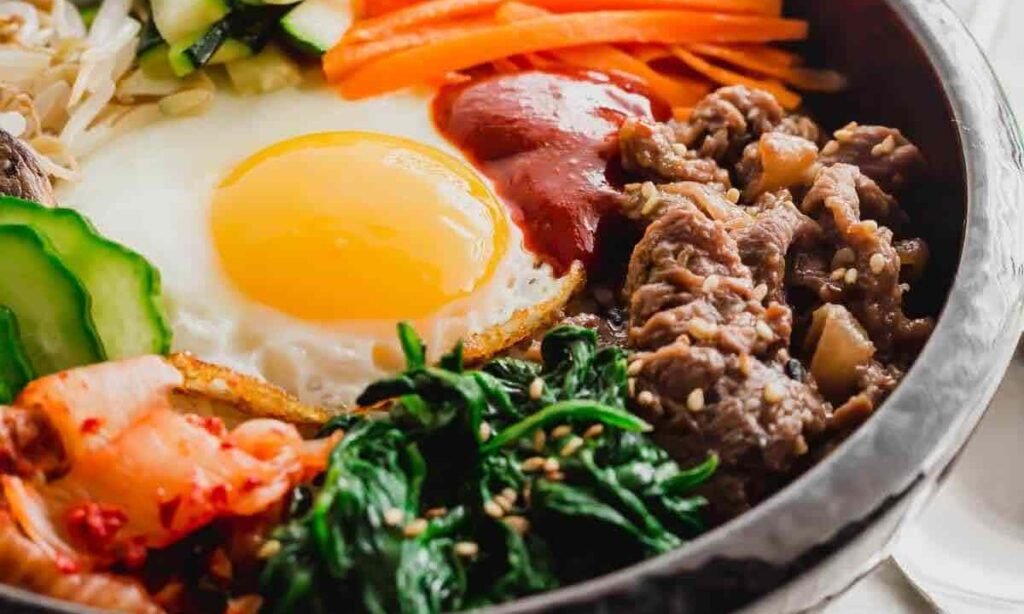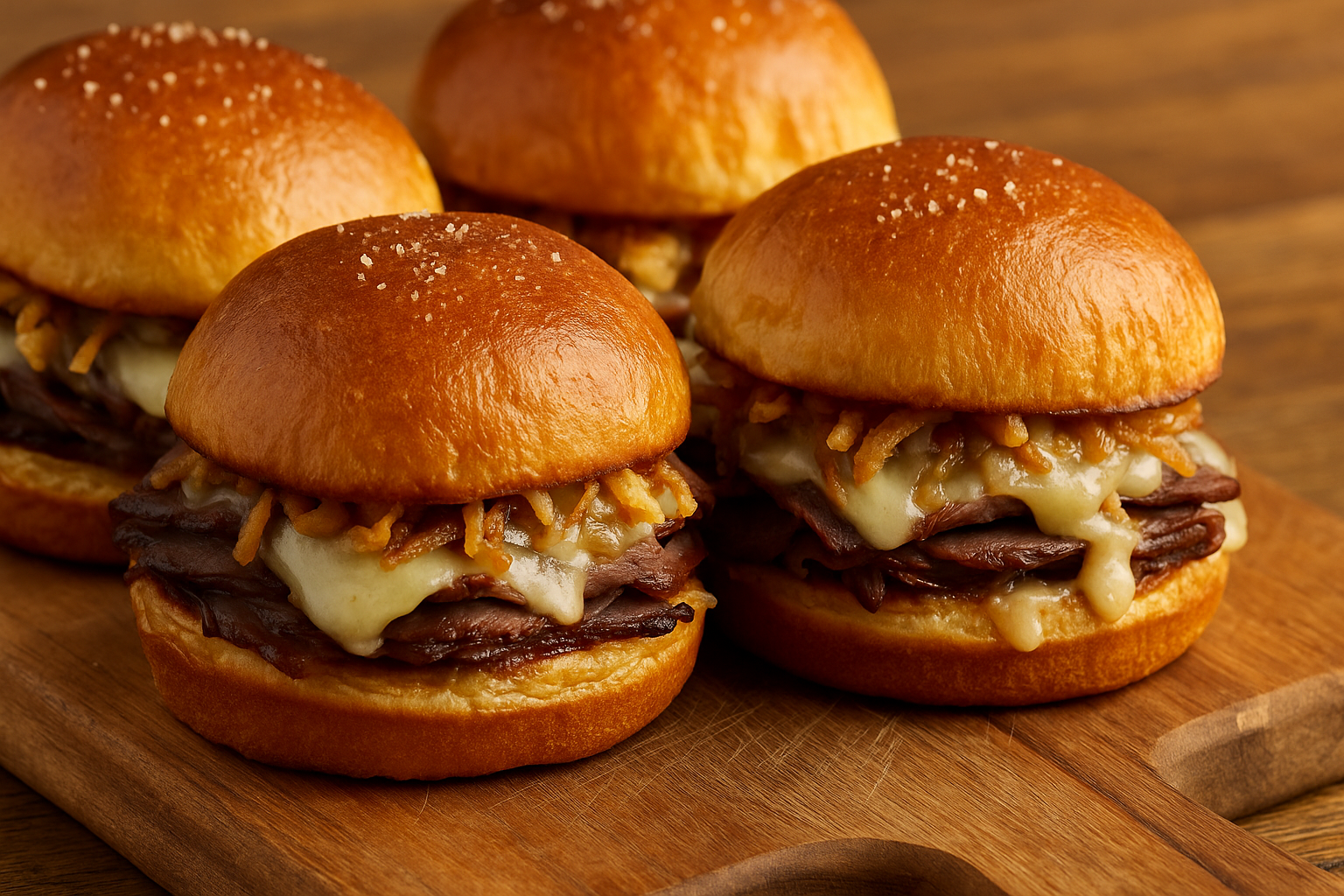In recent years, Korean cuisine has gained popularity throughout Hong Kong. The flavors of Korea can be found everywhere, from the busy street stalls in Mong Kok that evoke Myeongdong to the quaint eateries in Tsim Sha Tsui. Bibimbap is one food that really stands out for both its flavor and health advantages.
Bibimbap is more than just a bowl of rice. Every bite of this colorful, nutrient-dense dish strikes a balance between flavors, textures, and colors. This recipe is a tasty and simple way to eat healthily without compromising flavor.
What is Bibimbap?
In Korean, bibimbap simply means mixed rice. Steamed rice, cooked and fresh veggies, a choice of protein (such as tofu or beef), and a spicy-sweet gochujang sauce are all combined in this dish. Frequently, a fried egg lies directly on top, connecting the whole thing.
You taste a variety of flavors and textures with every bite. More significantly, it provides your body with the nourishment it needs.

Health Benefits of Bibimbap
Here is why Bibimbap is such a healthy choice:
- Minimal levels of saturated fat
- Enriched with fiber and antioxidants
- Good source of lean protein
- Healthy fats and balanced carbohydrates
- Rich in vitamins and minerals
It’s a fantastic idea to start with bibimbap if you want to eat healthier without getting bored.
Ingredients and Nutrition Breakdown
Here is a basic recipe for bibimbap that you may make at home. In addition to improving taste, each ingredient contributes to your overall wellness.
For 2 servings:
| Ingredient | Quantity | Health Notes | Protein | Carbs |
| Cooked short grain rice | 1 cup | Energy base, rich in complex carbs | 4g | 45g |
| Carrot (julienned) | 1 small | Rich in beta carotene and fiber | 1g | 6g |
| Zucchini (julienned) | 1 small | High in water, vitamins A and C | 1g | 4g |
| Shiitake mushrooms | ½ cup sliced | Supports immunity and digestion | 1g | 3g |
| Bean sprouts | ½ cup | Good for gut health and low-cal | 2g | 5g |
| Spinach | ½ cup blanched | Full of iron and antioxidants | 2g | 2g |
| Egg | 2 | Healthy fat, protein, and vitamin D | 12g | 1g |
| Lean ground beef (or tofu) | 100g | Main protein source | 22g | 0g |
| Gochujang sauce | 2 tbsp | Flavorful, spicy kick with some sugar | 1g | 7g |
| Sesame oil | 1 tsp | Heart-healthy fats and aroma | 0g | 0g |
| Sesame seeds | 1 tsp | Adds crunch, healthy fat, and calcium | 0g | 1g |
Total per serving (with beef):
Calories: ~450
Protein: ~22g
Carbs: ~38g
Fat: ~14g
It is a well-balanced meal for those who want to eat healthy and feel full.
Step-by-Step Cooking Instructions
Step 1: Prepare Your Rice
Cook short-grain rice in a rice cooker or on the stove. Let it rest so the texture stays fluffy, not sticky. In Hong Kong, Korean rice is available in most large supermarkets or Korean marts.
Step 2: Cook the Vegetables
- Blanch spinach and bean sprouts quickly in boiling water. Then rinse in cold water and squeeze out excess moisture. Add a tiny splash of sesame oil and salt.
- Sauté zucchini and carrots lightly with a few drops of sesame oil until tender. Do not overcook; the color should stay bright.
- Cook sliced shiitake mushrooms with a drizzle of oil and a pinch of garlic. They should smell earthy and delicious.
Step 3: Cook the Beef or Tofu
For beef:
Saute lean minced beef in a pan with a little soy sauce, minced garlic, and sugar until cooked through.
For tofu:
Pan-fry firm tofu cubes until golden and crisp. Add a little soy sauce for taste.
Step 4: Fry the Eggs
Fry one egg per person sunny side up. The yolk adds creaminess to the dish.
Step 5: Make the Sauce
Mix 2 tablespoons of gochujang with 1 tsp sesame oil, 1 tsp sugar or honey, and a splash of water to thin it. Taste and adjust the spice.
How to Plate Bibimbap
In a wide bowl, scoop in the warm rice. Then arrange each veggie neatly around the bowl in sections, like a rainbow. Add your protein in the center, place the egg on top, and drizzle with the gochujang sauce. Sprinkle sesame seeds to finish.
Mix everything just before eating. The heat from the rice warms up the vegetables and the egg, bringing everything together into one satisfying bite.
Why It Works for Hong Kong Lifestyles
People in Hong Kong are always on the go. Many are juggling work, family, and health goals. Bibimbap is a meal that fits this lifestyle. It is:
- Easy to make at home
- Customizable with local vegetables and protein choices
- Good for meal prep or lunch boxes
- Ideal for balancing nutrition without extra effort
You can even find Bibimbap meal kits in some Hong Kong supermarkets or Korean grocers.
Smart Tips for Making It Healthier
- Use brown rice or cauliflower rice to lower carb count
- Choose tofu or grilled chicken for leaner protein
- Add kimchi or pickled radish for probiotics and crunch
- Go light on the sauce if you are watching sodium or sugar
- Use avocado for a creamy twist with healthy fat
Delight in Every Bite: A Gastronomic Journey with Chicken Drumsticks Recipes
Final Thoughts
If you are craving something tasty, comforting, and healthy, Bibimbap is a top choice. It is simple to make, packed with nutrients, and feels like a warm hug in a bowl. Whether you are cooking for yourself, your family, or friends, this Korean dish will always leave a great impression.
In a busy city like Hong Kong, finding balance in what you eat is important. Bibimbap gives you that balance with every spoonful. Colorful, healthy, and full of life—this dish will likely become your new go-to.





